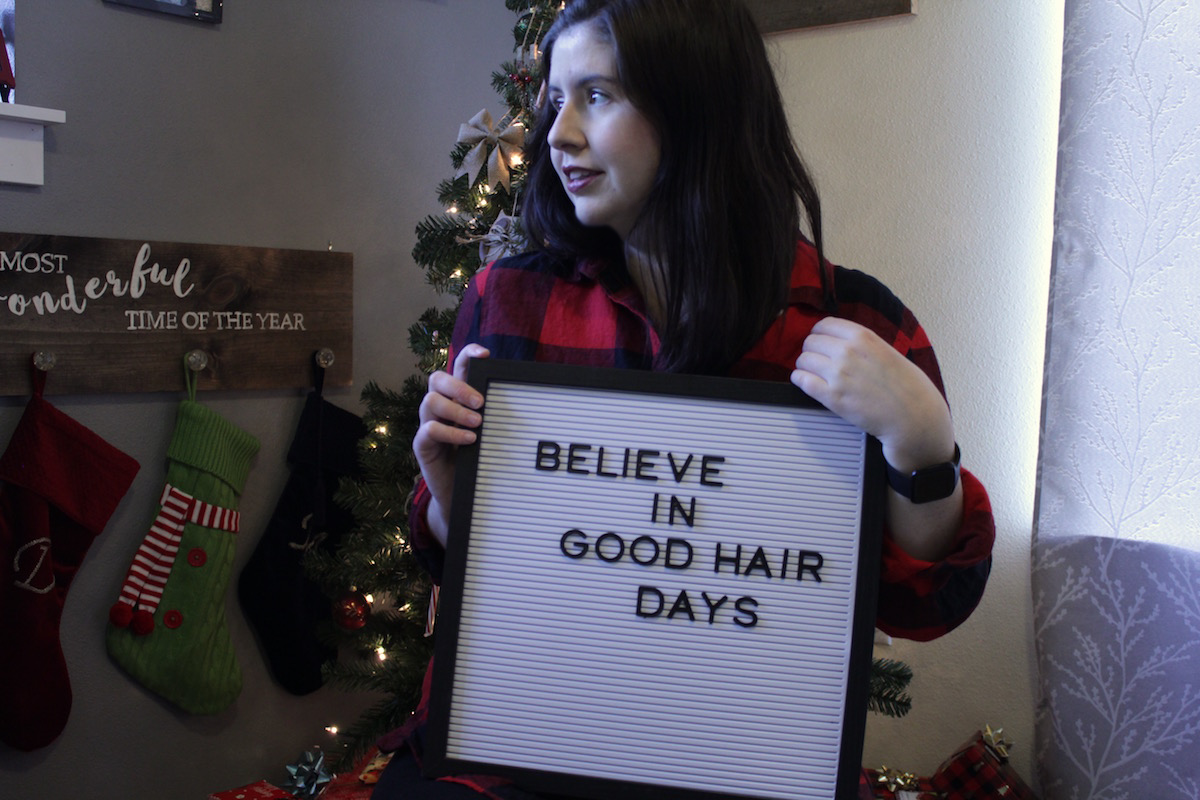Another month gone by, another wrap up post, another “can you believe how long/busy/exhausting this month was?” question. Sometimes, it is hard to sum up adult life in things other than cliches. What else can I say for myself other than, “I was very busy in January, and it was a very long month, and I’m desperately trying to be the best version of myself”?
Yeah, I guess that’s pretty good.
January always feels like a very long month. The joy of the holidays is officially over—and it’s not coming back. Everyone is a little burnt out. We all are trying to make up for all that time we took off for holiday traveling, or just revelry, and we might have some interesting credit cards bills from gift giving (or drinks out with coworkers or friends). It’s a lot of “adulting,” to use a word I hate. Plus, the sun is officially behind the clouds 90% of the time, like 75% of the country is current behind an actual ice wall (we’re just gonna call the Midwest the North know and they are all white walkers). We’re all vitamin D deficient and doing our best.
So, January is hard. But actually, January was kind of fun this year. Let’s get into the post and I’ll stop writing quips that I think are funny.
Monthly Empties
I’ve been trying to use up my shockingly large mask collection. I have so many, guys. This month, I finished up the Body Shop Tea Tree Clay Mask (which I reviewed here), the Jejuien You Can’t Handle This Sheet volcanic ash sheet mask, and the YesTo Cucumbers Calming Mud Mask (from one of the clearance gift sets I bought at Target after Christmas).
Not a lot of empties this month and here’s why: I feel like I’ve barely worn make up or done anything to my face. I’ve been in kind of a rut, probably partly caused by SAD and needing some sun exposure, regarding my skincare and makeup. It’s just been… not as high of a priority for me, which isn’t necessarily a good thing. I really love taking care of my appearance and when I stop having the patience for it, I know I’m either 1) burnt out or 2) depressed. So, that’s been something I’m working on. However, I did rediscover my Wet’n’Wild Cushion Foundation again this month, so here’s to two months of cushion empties. Cheers!
Best Moments
January was full of lots of good moments, really. But here are a few:
Forrest going back to school
Having good enough weather to play outside at least once
Making plans for our summer vacation and spring break
Getting back into bullet journaling
Sharing photos of myself for the first time in 3-4 years
Mary Oliver’s passing bringing out the poetry lover in everyone
Watching “Sex Education” with Danny
Going to my work’s Christmas party for the first time… ever
I have been trying to keep track of my “good” versus “bad” days in my bullet journal. And something about writing it down, and keeping track of it, helps me to think more about whether I really had a bad day—or whether things were just difficult. It’s really helped me to see more “fun” moments.
What I Learned
This is related to recording my bad days, but again: I feel like the biggest lesson I learned in January was that I get to choose how I feel about each day. Having a rough day with Forrest doesn’t mean the day was bad; there were still hugs and kisses and funny moments in between the meltdowns! Keeping track of that, and journaling every day, has been a huge help in contextualizing everything.
And doing that has also made me realize all the ways I need to improve as a parent. I think sometimes I focus too much on just surviving and getting through each day—and I end up spending most of my time on my phone, or watching TV, while Fo plays. That’s not super active. I could be working, or cleaning, or taking him to the library, but being exhausted makes me choose the easiest option. One of my big goals for February is to just plain be more active: spend more time moving, playing with Forrest, and not just sitting on the couch on Instagram or Twitter.


























